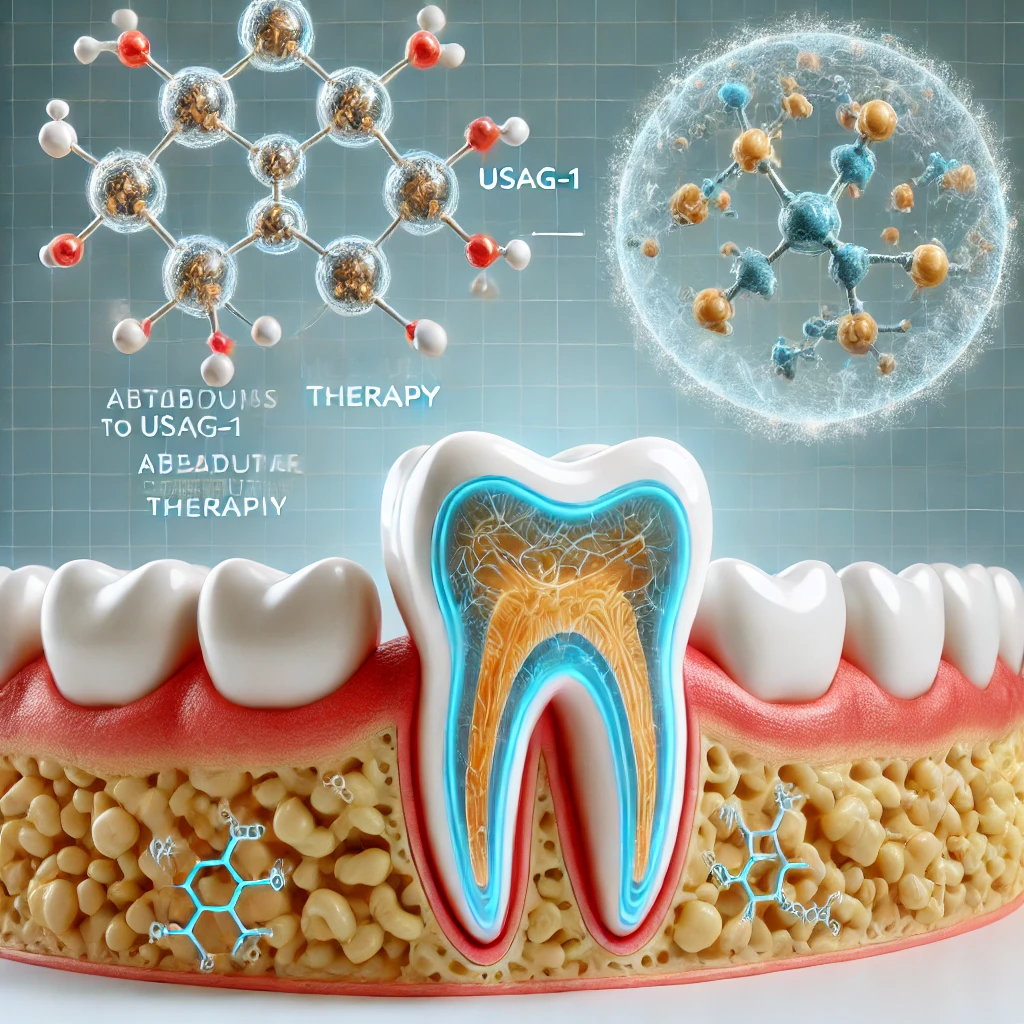Tooth loss remains a significant medical and social challenge, affecting millions worldwide. Traditional solutions, including dental implants and prosthetics, address the structural deficit but fail to restore the natural regenerative capacity of human dentition. Recent breakthroughs in the field of regenerative medicine suggest a paradigm shift, with the potential for pharmacologically induced tooth regrowth on the horizon. At the forefront of this research is the inhibition of USAG-1 (Uterine Sensitization Associated Gene-1), a protein that regulates signaling pathways critical for tooth development.
The Role of USAG-1 in Tooth Development
USAG-1 is a glycoprotein that modulates Bone Morphogenetic Protein (BMP) and Wnt signaling pathways, both of which are essential for odontogenesis. These pathways govern cellular differentiation, tissue patterning, and organogenesis during embryonic development. However, the overexpression of USAG-1 inhibits BMP and Wnt signaling, resulting in arrested tooth development or agenesis. By targeting USAG-1, researchers aim to unlock these pathways, thereby stimulating tooth regeneration even in adulthood.
The Mechanism of Anti-USAG-1 Therapy
The cornerstone of this innovative approach lies in monoclonal antibodies designed to neutralize USAG-1 activity. By binding to USAG-1, these antibodies prevent it from interfering with BMP and Wnt signaling, effectively reactivating the developmental processes required for odontogenesis. Preclinical studies in murine models have demonstrated remarkable outcomes, with mice treated with anti-USAG-1 antibodies exhibiting complete regeneration of lost teeth.
This mechanism has far-reaching implications, not only for restoring dentition but also for addressing congenital conditions such as anodontia or hypodontia, where natural tooth formation is impaired.
Key Research and Clinical Studies
- Preclinical Validation in Animal Models
A groundbreaking study published in Science Advances (2021) by Oshima et al. detailed the effects of USAG-1 inhibition in mice. The study revealed that anti-USAG-1 therapy could induce the formation of multiple generations of teeth, emphasizing the therapy’s potential for clinical translation. - Clinical Trials in Humans
The University of Kyoto has pioneered clinical trials to evaluate the safety and efficacy of this therapy in humans. These trials, initiated in mid-2024, aim to address the regeneration of single and multiple teeth in patients with severe dental loss. Early reports indicate promising safety profiles, though data on long-term efficacy remain forthcoming. - Broader Applications in Regenerative Dentistry
In addition to tooth regrowth, anti-USAG-1 therapy shows potential for broader applications, including the repair of dental tissue, periodontal regeneration, and even craniofacial reconstruction, given its role in BMP/Wnt modulation.
Current Limitations and Future Directions
Despite its promise, several challenges must be addressed before anti-USAG-1 therapy becomes a clinical standard:
- Safety Concerns: BMP and Wnt pathways are involved in numerous physiological processes. Unintended activation could lead to adverse outcomes, such as tumorigenesis or ectopic tissue formation.
- Delivery Mechanisms: Efficient and localized delivery of anti-USAG-1 antibodies remains a critical technical hurdle to minimize off-target effects.
- Regulatory and Ethical Considerations: As with all regenerative therapies, long-term studies are essential to understand the implications fully.
The next decade will likely witness the refinement of this therapy, with commercialization expected by 2030.
Conclusion
Anti-USAG-1 therapy represents a revolutionary step in regenerative dentistry, offering a solution to tooth loss that surpasses traditional approaches. By leveraging advanced molecular biology and precision medicine, researchers are on the brink of restoring one of humanity’s most essential anatomical features. As clinical trials progress, the potential to regenerate natural teeth heralds a new era for dental and craniofacial medicine.
References
- Oshima, M., et al. (2021). Anti–USAG-1 therapy for tooth regeneration through enhanced BMP signaling. Science Advances.
- Kyoto University Research Repository (2023). Advances in tooth agenesis and tooth regeneration.
- Systematic Review of USAG-1 Targeting Approaches in Regenerative Dentistry (2022). International Journal of Dental Research.
This article can serve as the foundation for your blog and cater to a professional audience interested in the cutting-edge developments in regenerative medicine. Let me know if you need further refinements or additions.

Leave a Reply